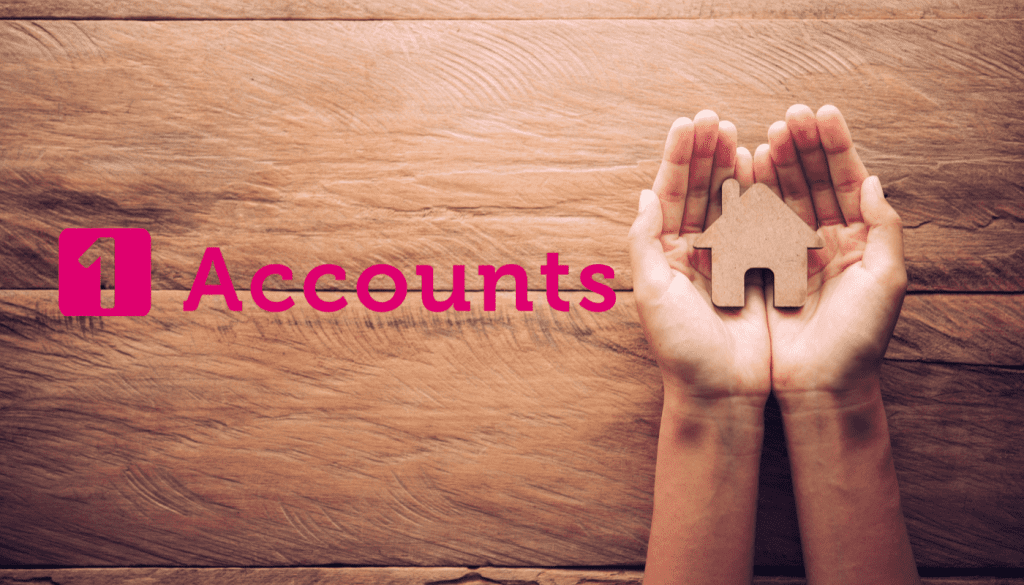
No one wants a Tax Investigation. It is true that as business owners we don’t want HMRC asking awkward questions…

No one wants a Tax Investigation. It is true that as business owners we don’t want HMRC asking awkward questions…

INSTANT RESPONSE TIME Growth in technology has lead to the need for instant gratification. With everything available at the click…

The Ultimate Guide to the Different Types of Business Financing Small business loans are being approved at an unusually high…

Are you thinking of getting a mortgage? This year we have had an abundance of clients applying for mortgages. Applying…

Is the Jaguar i-pace a good company car? Here at 1 Accounts in Haverhill and Cambridge we are often asked…

Making Tax Digital – Are You Ready? July 2019 marks the period that you have to submit your VAT returns…

Cloud Accounting Benefits If you want your business to work smarter and faster, cloud accounting software is a wise investment….

POSSIBLE CHANGES TO CGT PRIVATE RESIDENCE RELIEF The government is currently consulting on important changes to private residence relief that…

“RENT A ROOM” RELIEF TO CONTINUE FOR AIR BNB LANDLORDS Last year HMRC carried out a review of rent a…

EXTRACTING PROFIT FROM YOUR FAMILY COMPANY The start of the new tax year means that shareholder/ directors may want to…